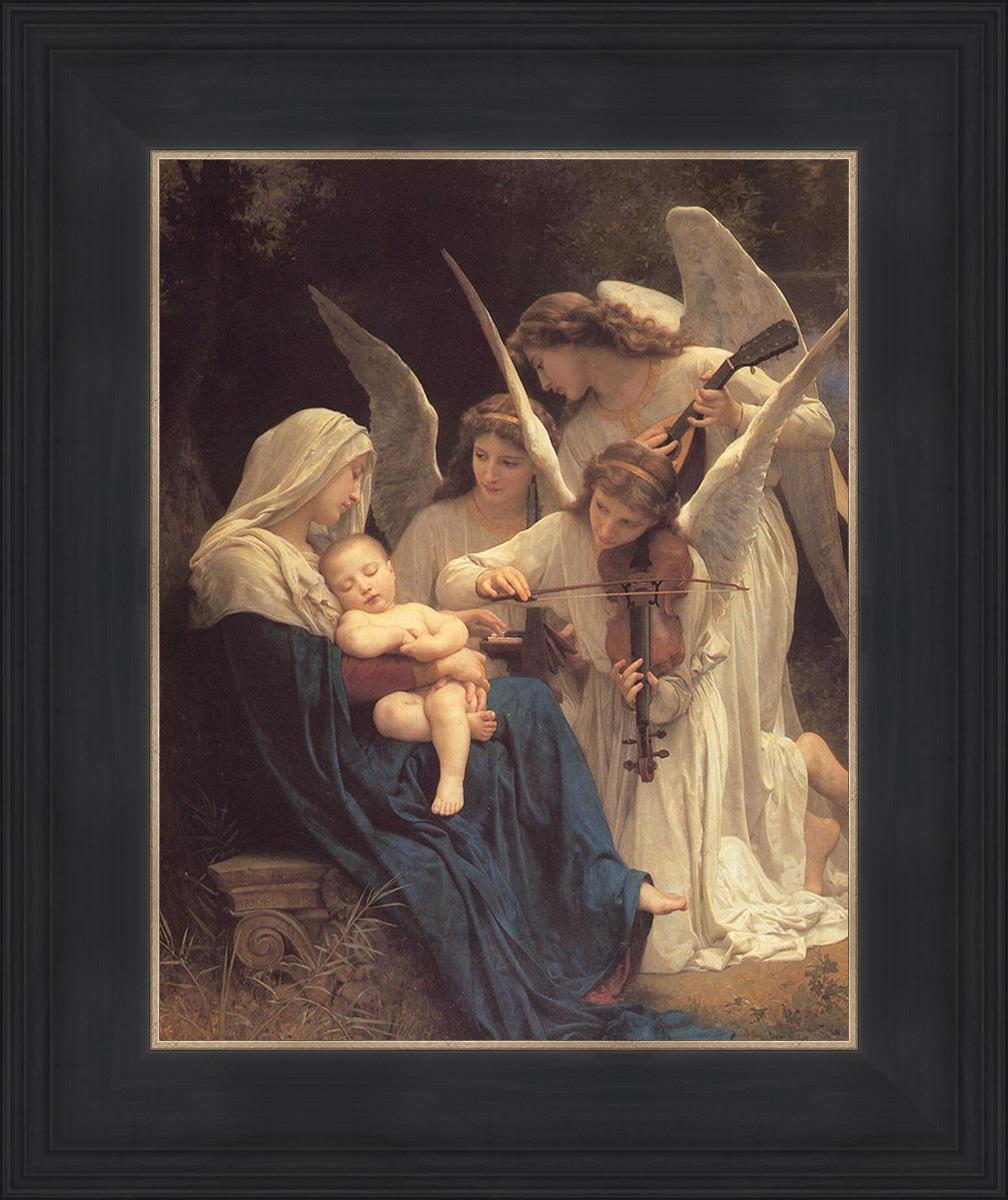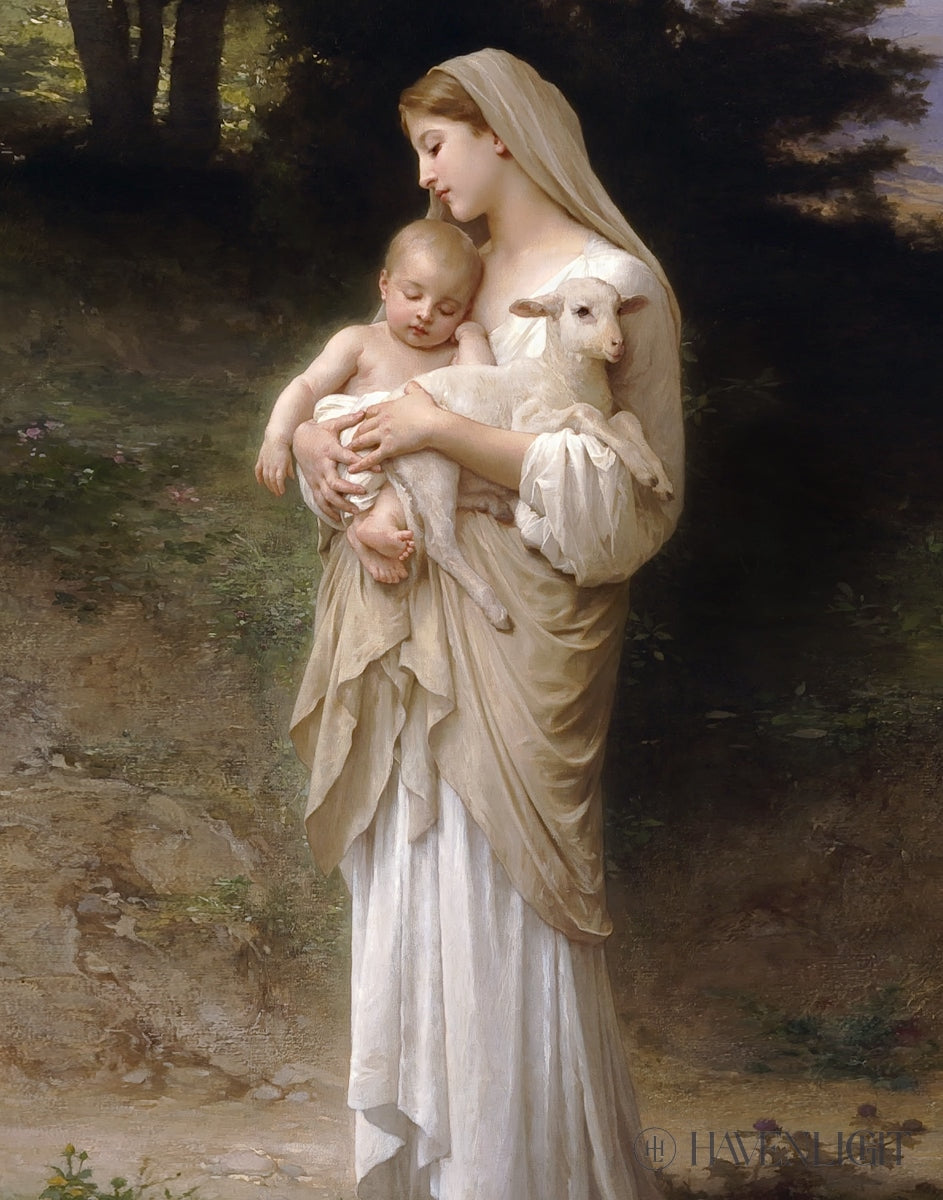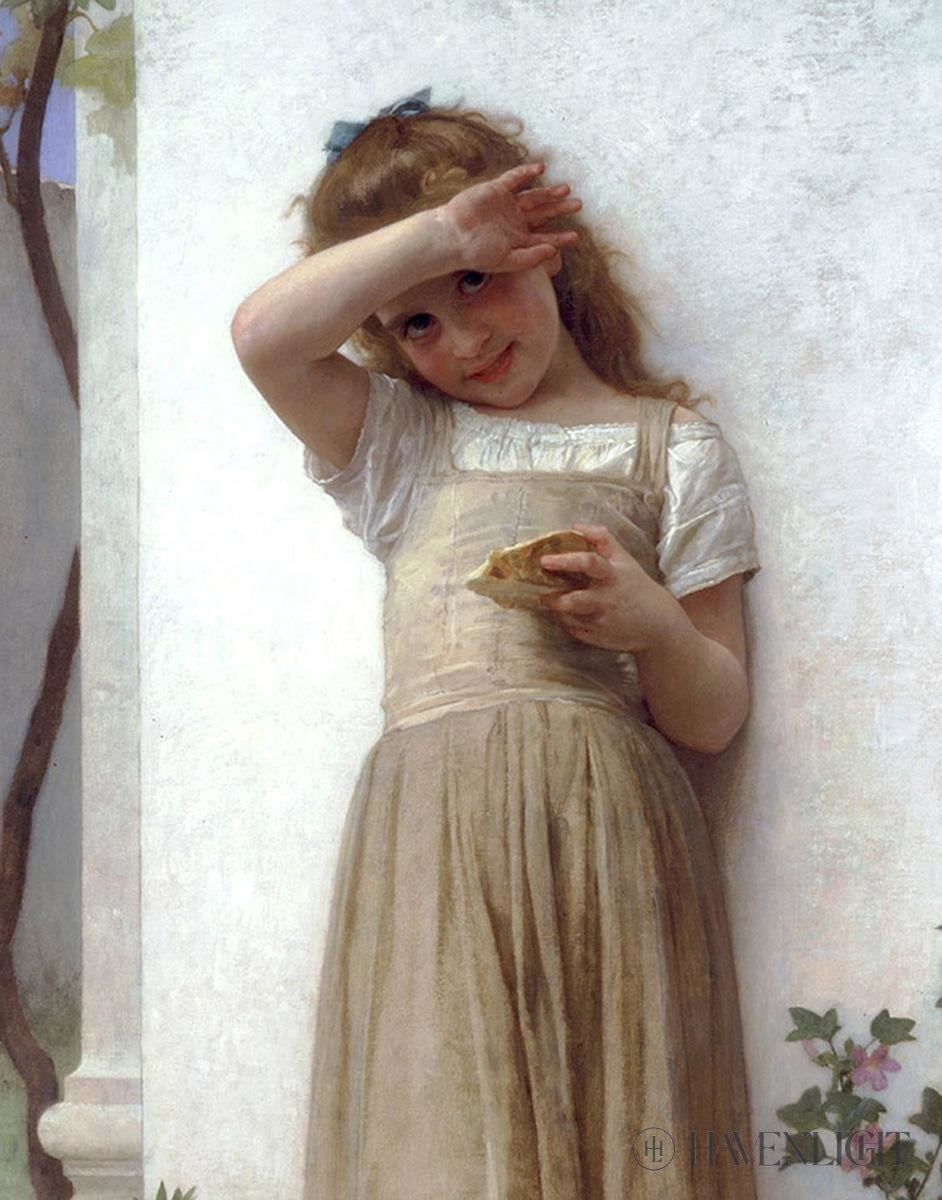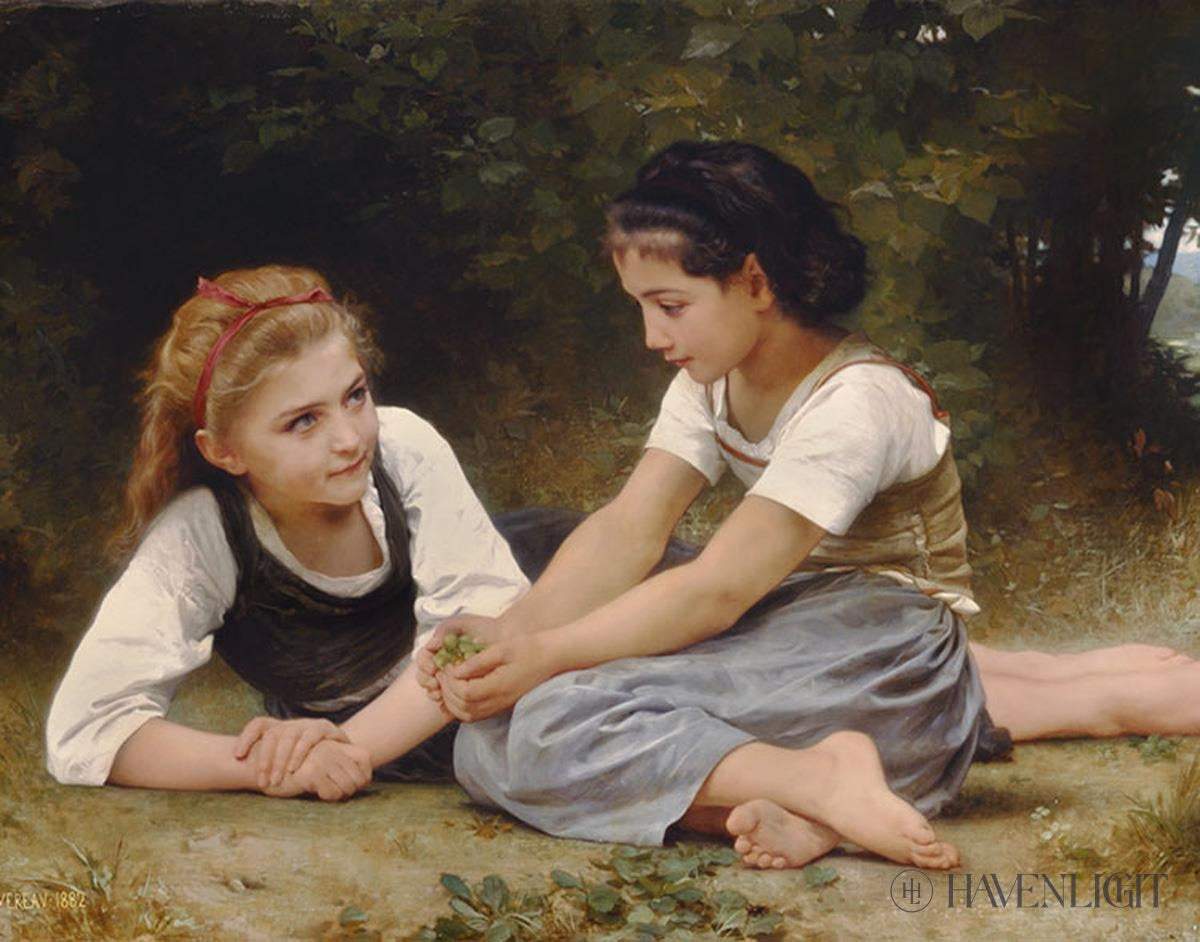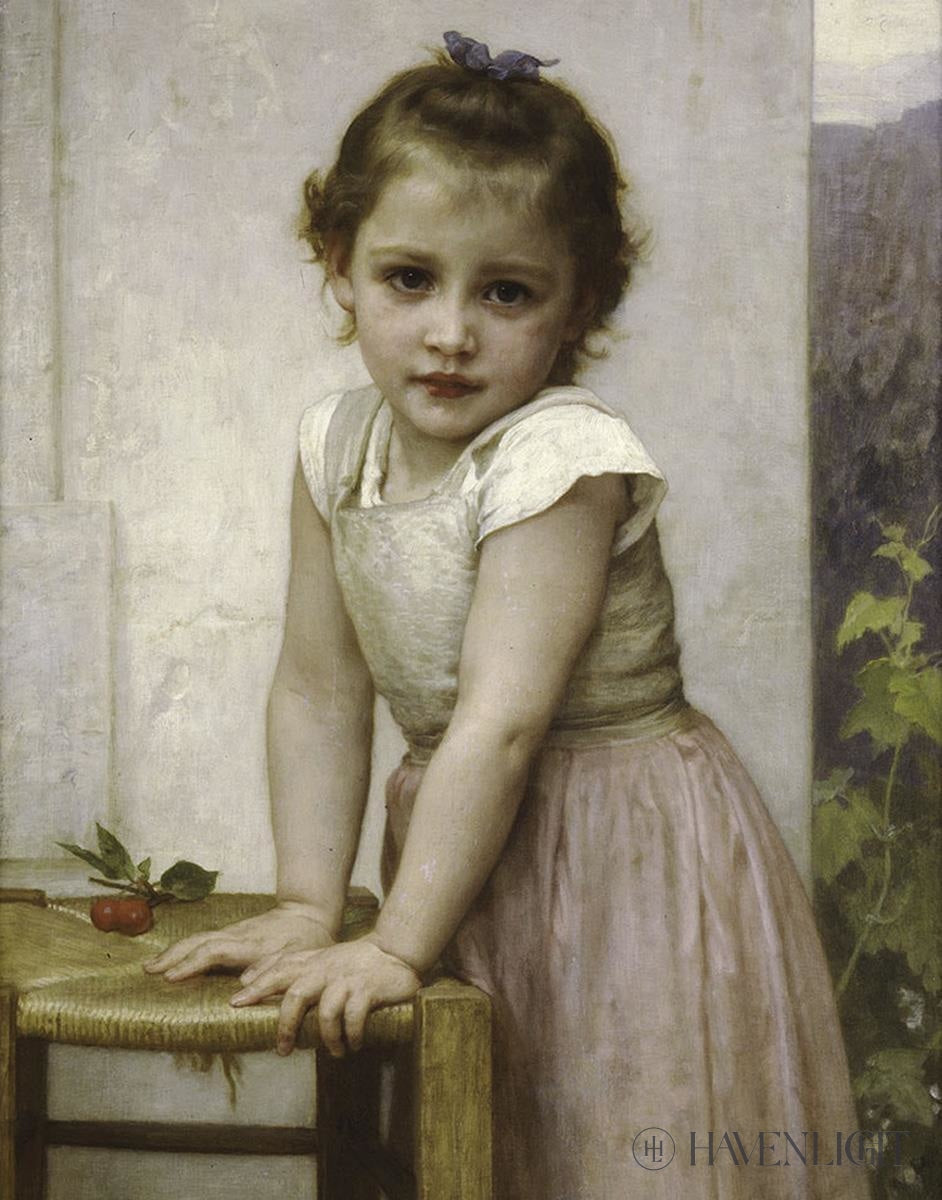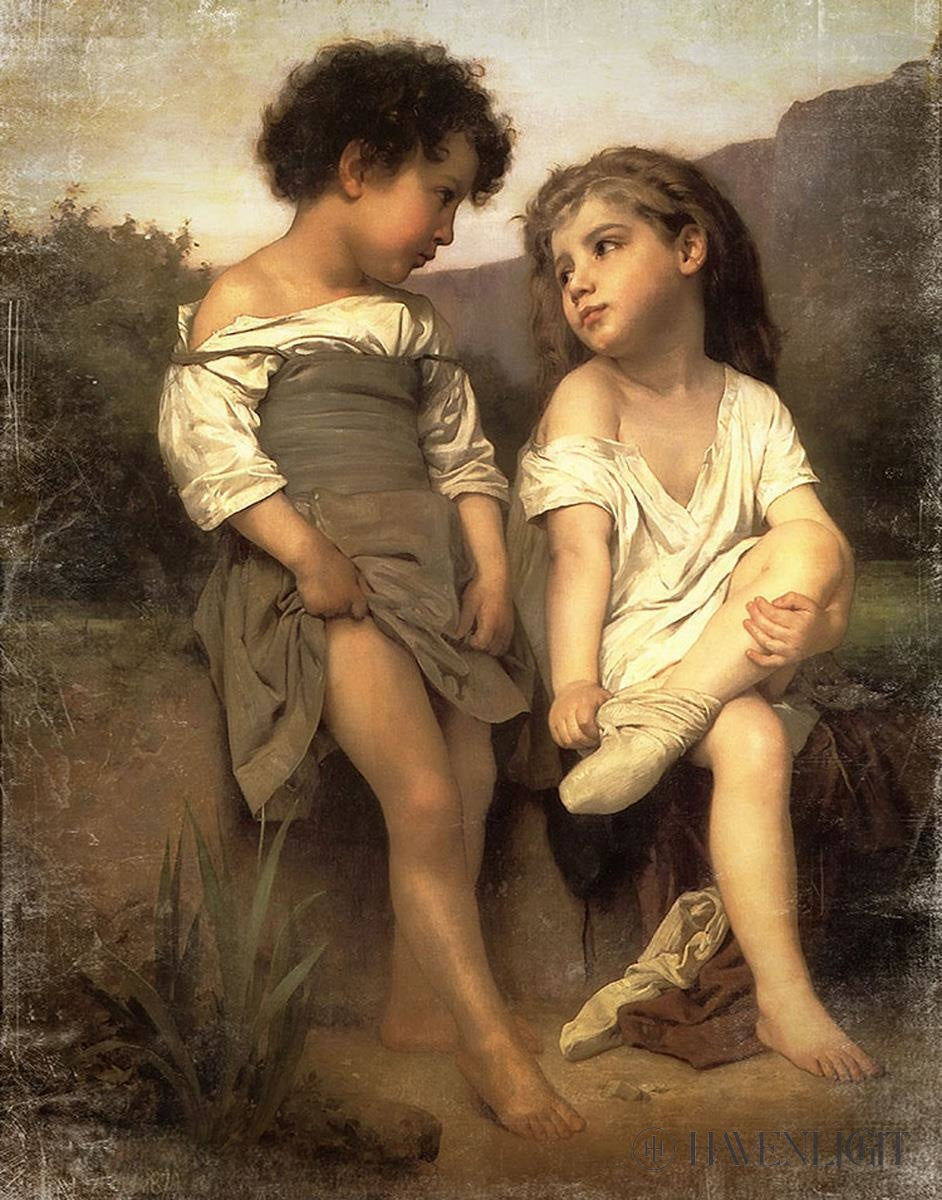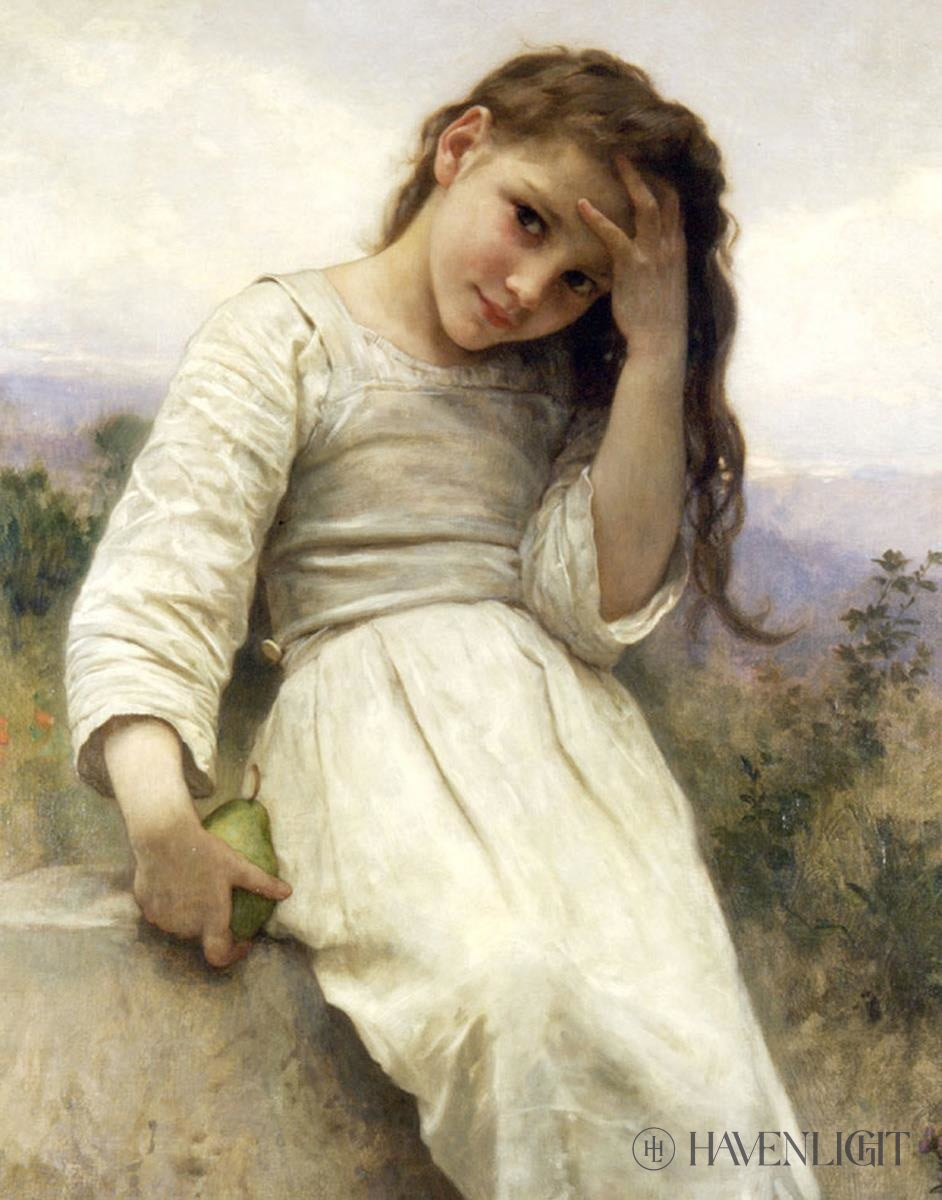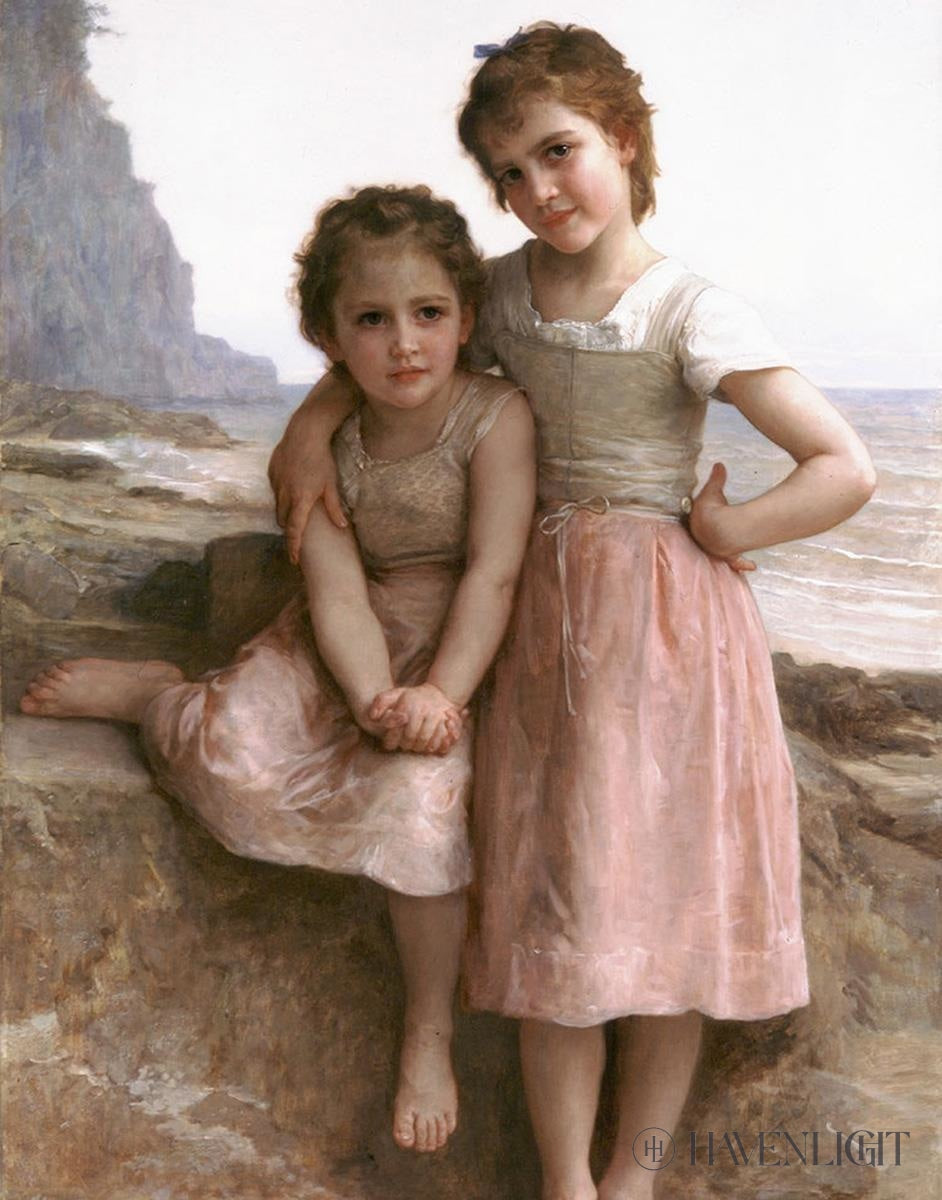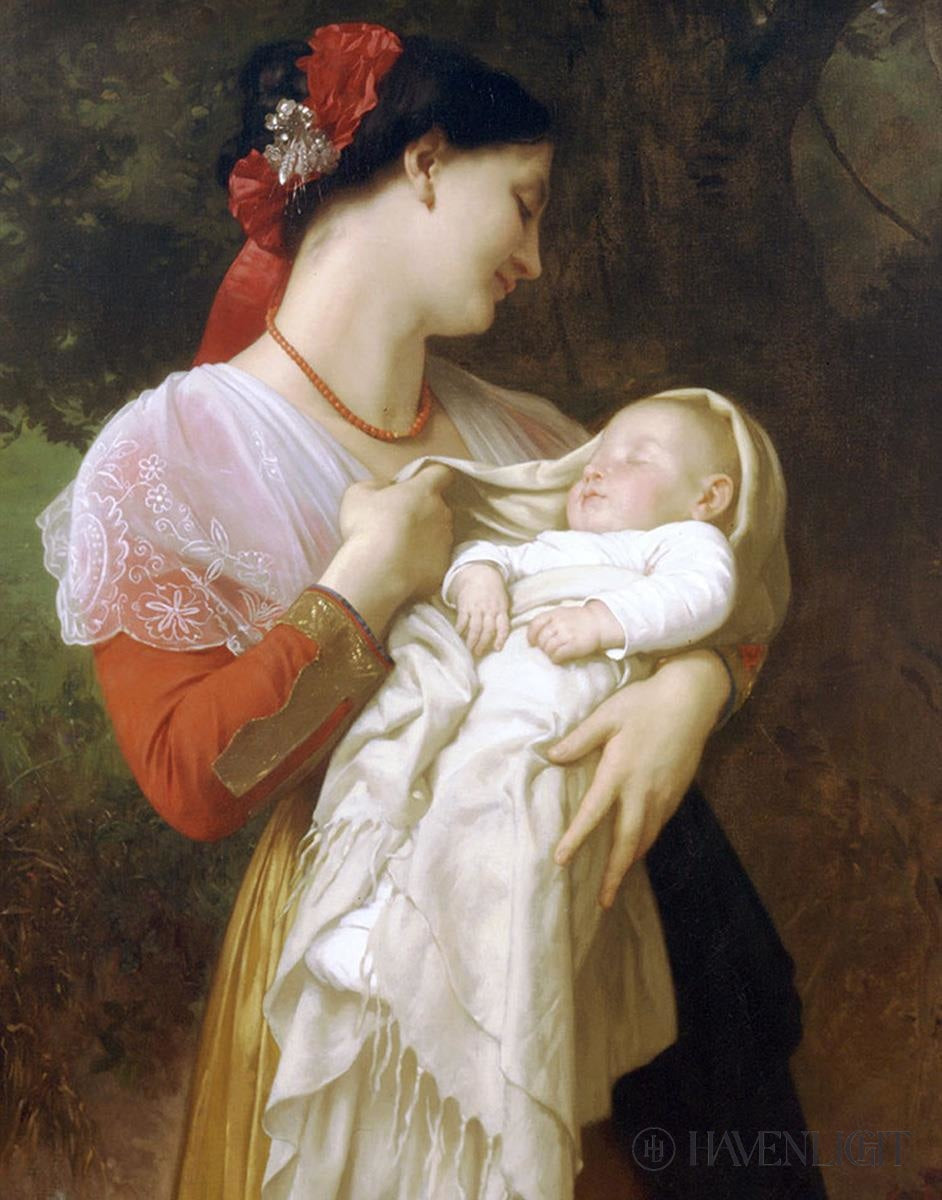William Bouguereau

1825 - 1905
Working predominantly within the academic tradition, William-Adolphe Bouguereau earned a strong reputation in his lifetime as a painter of classic subjects, primarily that of the female nude, but his posthumous critical standing has often stood in contrast to his living success. Born in 1825 on the south west coast of France, he studied painting sporadically throughout his childhood before moving to Paris at the age of twenty to formally study under François-Édouard Picot, an established painter who worked in the neoclassical tradition. Later, he was admitted to the École Royale des Beaux-Arts, and by 1850, after two failed attempts, Bouguereau was awarded the Grand Prix de Rome prize. The prize included a full scholarship to the French Academy in Rome, where he would begin study the following year.
Following his tenure in Rome, he returned to his hometown of La Rochelle where his career fully flourished. He earned consistent critical praise, was exhibited in numerous Salons, and accrued seemingly endless commissions. He maintained the Neoclassical style that he had developed through his years of training, which appealed greatly to bourgeois patrons; his popularity grew so much that it attracted the attention of Emperor Napoleon III, who commissioned him for a portrait in 1856. His success was unremitting in his lifetime, and he was made a member of the French Academy in 1876, and made a Commander of the Legion of Honor in 1885. His influence ultimately spread beyond just France, and he became an active participant in artist societies in Austria, Belgium and Spain.
Source: Sotheby’s
Image Source: Public Domain


